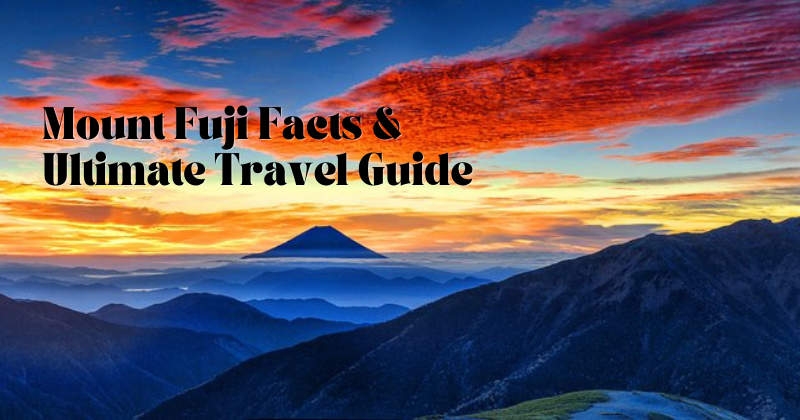
Last Updated: 06/10/2023
Mount Fuji, also known as Fuji-san, is the highest mountain in Japan and one of the country's most iconic landmarks. The distance of Mount Fuji from Tokyo is about 100km southwest, it is a popular destination for tourists and locals alike. We will be sharing some interesting facts about Mount Fuji. We hope we can provide you with a comprehensive travel guide to help you plan your visit.
Mount Fuji Facts
Height and Location

Standing at 3,776.24 meters (12,389 feet) height, Mount Fuji is the highest mountain in Japan. It is located on Honshu Island- the border between Yamanashi and Shizuoka prefectures, about 100 kilometers southwest of Tokyo.
Geology and Eruptions:
Mount Fuji is an active stratovolcano that last erupted in 1707-08. The mountain is composed of three separate volcanic cones, with the highest being the Kengamine peak. Despite being an active volcano, it is still relatively safe. The Japanese government closely monitors its volcanic activity.
Cultural Significance:
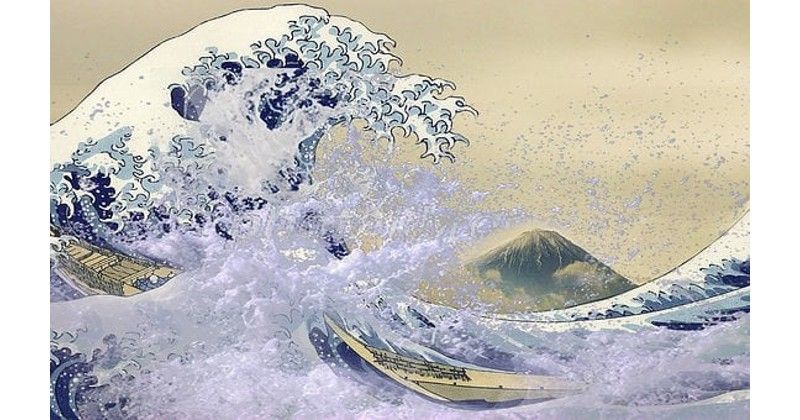
Mount Fuji has played an important role in Japanese culture for centuries. There are over 2 million shrines at Mount Fuji and it's considered sacred by many religions including Shintoism and Buddhism (especially Zen Buddhism). The mountain has also been the subject of many works of art, including paintings, poems, and literature.
UNESCO World Heritage Site:
In 2013, Mount Fuji was designated as a UNESCO World Heritage site. It was recognized for its cultural significance and natural beauty.
Mount Fuji Travel Guide
Best Time to Visit
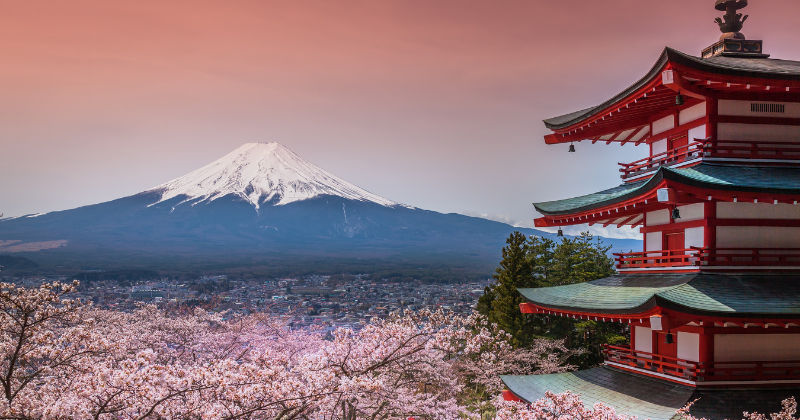
The best time to visit Mount Fuji is during the climbing season, which runs from early July to mid-September. During this time, the weather is mild and the mountain is open to climbers. However, if you want to avoid the crowds, it is best to visit outside of this season.
Reach Mount Fuji by car
It takes about four hours by car from Tokyo or six hours from Kyoto. The road is closed during winter months because of heavy snowfall; if you're planning on driving up in wintertime (December through March), check with locals before setting out on your trip!
Reach Mount Fuji by bus
There are several options for taking public transportation up Mount Fuji. However, these routes only go as far as 5th Station or 7th Station respectively. If you want access beyond those points then consider taking taxis instead (they'll take longer but cost less). You may also need reservations depending on how busy things are during peak season (July-August).
Reach Mount Fuji by train
You can board trains at Shinjuku Station or Odawara Station. Some lines run all year long while others stop running between November and April due to weather conditions such as heavy snowfall. The Fuji Excursion Limited Express train is the way to go if you want to travel from Tokyo's super busy Shinjuku Station (seriously, it's like the busiest train station in the world) to Kawaguchiko. We recommend that you purchase a Japan rail pass to make your onward journey easier by train.
Climbing Mount Fuji
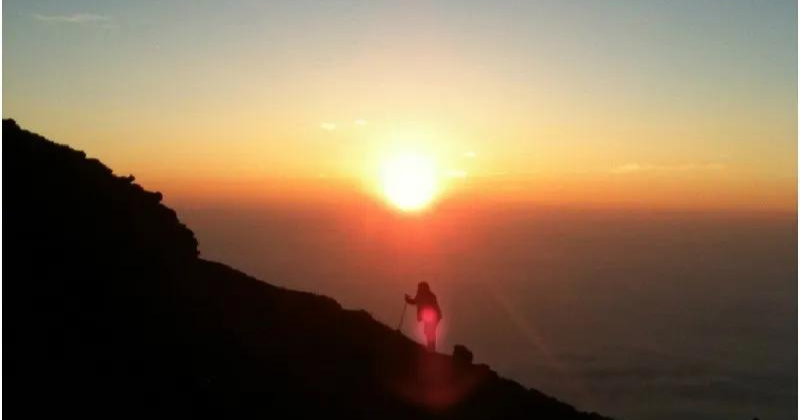
Climbing Mount Fuji is a popular activity, but it is not for the faint of heart. The climb can take anywhere from 5 to 12 hours, depending on your fitness level and the route you take. It is recommended that you start your climb in the late afternoon or evening so that you can reach the summit in time for sunrise.
Mt. Fuji Trails
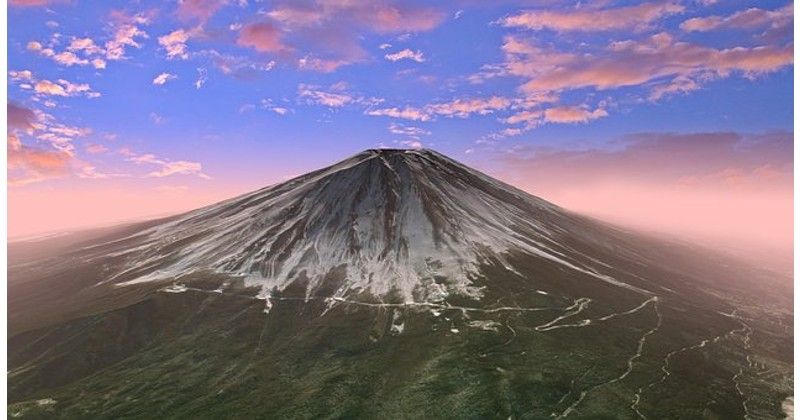
There are four main trails that lead to the summit of Mount Fuji: the Yoshida Trail, Subashiri Trail, Gotemba Trail, and Fujinomiya Trail. The Yoshida Trail is the longest and most popular trail with an elevation gain of 10750 feet (3200 m) but takes only about 10 hours to reach its summit from Tokyo by car if you drive yourself; however there are also buses that go up and down the mountain every day starting from about 8AM until sunset (4PM).
Accommodations
If you plan to stay at Mount Fuji, there are many options. You can choose to stay in a hotel in Tokyo or one of the nearby cities. If you want to be closer to the mountain, there are several hotels near Mount Fuji that offer great views of it from their rooms or from their restaurants. If you are planning to climb Mount Fuji, you will need to stay overnight at one of the mountain huts located along the trails. These huts offer basic accommodations, including sleeping mats and meals.
15 Things To Do Around Mt. Fuji
If climbing Mount Fuji is not for you, there are still plenty of other activities to enjoy in the area.
1. See the sunrise/sunset at the top of Mount Fuji
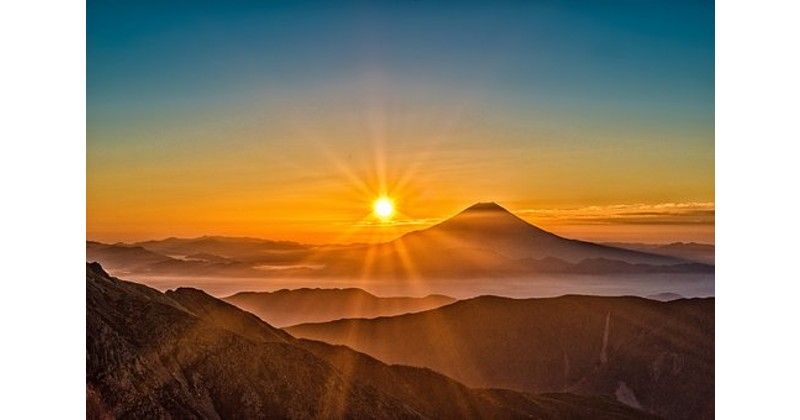
Watching the sunrise from the summit of Mount Fuji is an unforgettable experience. As the highest peak in Japan, the view from the summit offers panoramic vistas of the surrounding landscape, with the rising sun casting a stunning array of colors. It requires an early start and some effort, but the feeling of accomplishment and the beauty of the moment make it all worthwhile.
2. Visit Fujisan Hongū Sengen Taisha
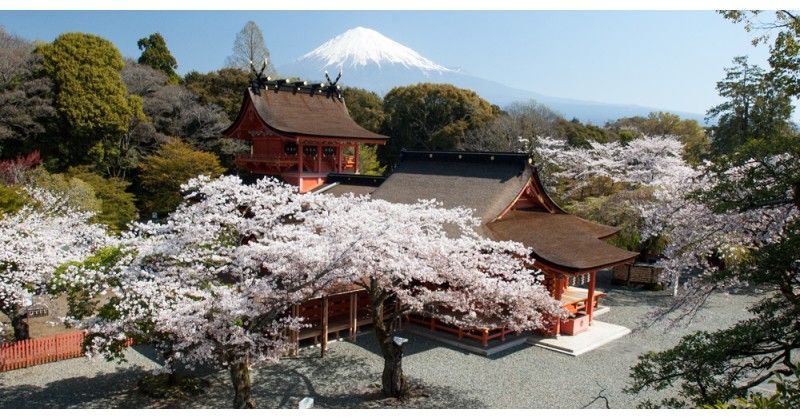
Fujisan Hongū Sengen Taisha is a Shinto shrine located in Fujinomiya, Shizuoka Prefecture, Japan. It is dedicated to Princess Konohanasakuya, the goddess of Mount Fuji and volcanoes. The shrine is believed to have been established in the 9th century and is a popular pilgrimage site for those climbing Mount Fuji.
3. Visit Lake Ashinoko

Lake Ashi, also known as Ashinoko, is a scenic crater lake located in Hakone, Japan. It offers picturesque views of Mount Fuji and is a popular tourist destination for its scenic boat tours, hot springs, and views of the surrounding mountains. Best way to explore Lake Ashinoko is by renting a cycle and riding around it.
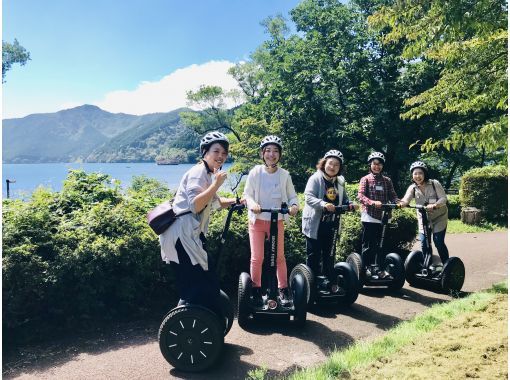
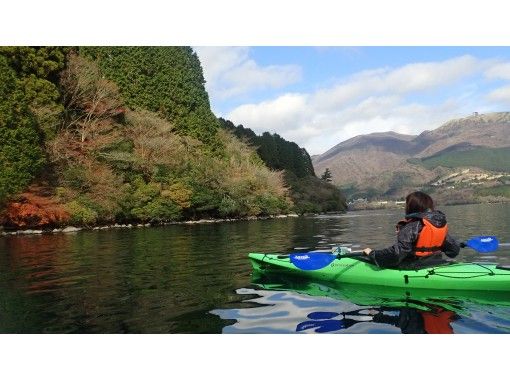
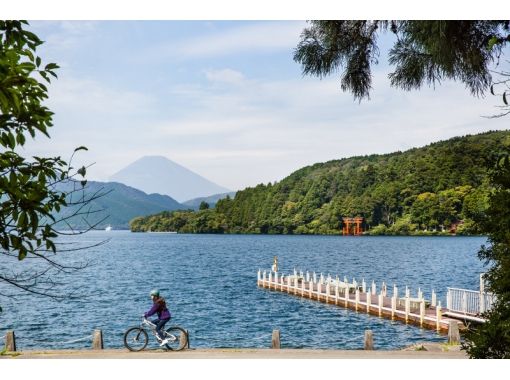
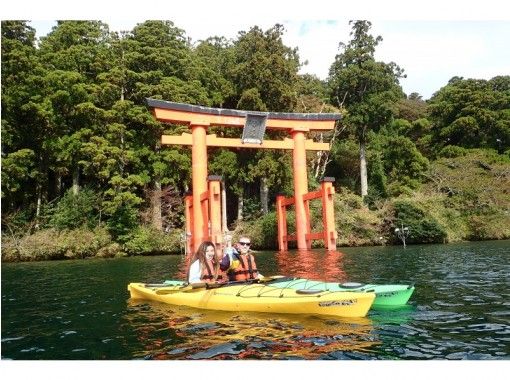
4. Relax at a nearby hot spring (Onsen)
There are many onsen (hot springs) located around Mount Fuji in Japan, offering a relaxing and rejuvenating experience after a day of hiking or sightseeing. Some popular onsen include Fujikawaguchiko Onsen, Yamanakako Onsen, and Hakone Onsen. Each onsen has its unique characteristics, such as mineral-rich waters, outdoor baths, and stunning views of Mount Fuji.
5. Old Hakone art museum
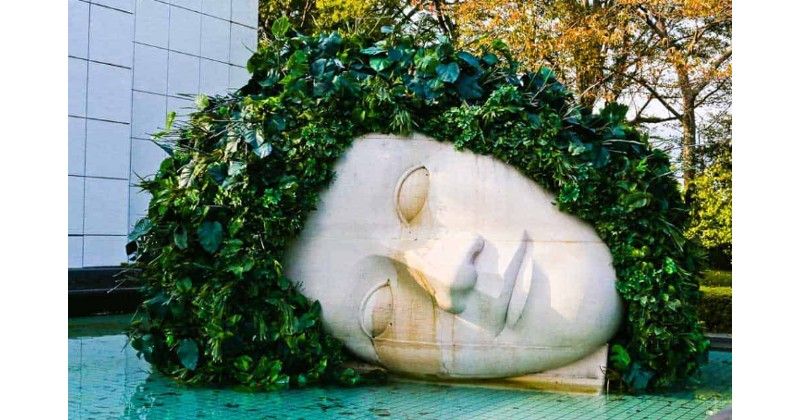
The Old Hakone Art Museum is a cultural attraction located in Hakone, Japan, that showcases a collection of Japanese and East Asian ceramics, paintings, sculptures, and calligraphy. The museum's building is also an impressive work of architecture.
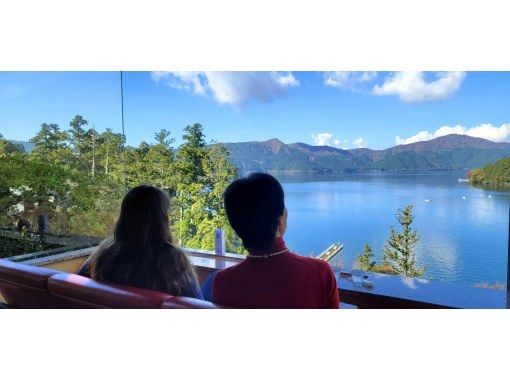
6. Fuji-Q Highland
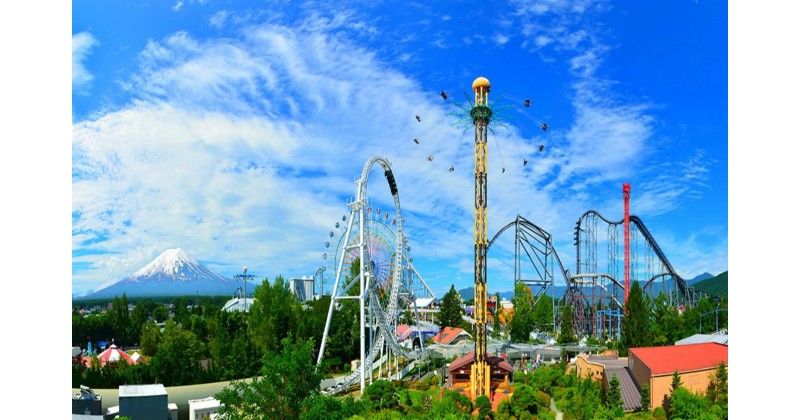
Fuji-Q Highland is an amusement park in Fujiyoshida, Japan, known for its thrilling roller coasters, including the "Eejanaika" and "Fujiyama" coasters, as well as haunted houses, and other rides.
7. Fuji Five Lakes
The Five Lakes are a group of picturesque lakes located in the foothills of Mount Fuji in Japan. The lakes offer stunning views of the mountain and are a popular tourist destination for their natural beauty.
a) Visit Yamanaka lake
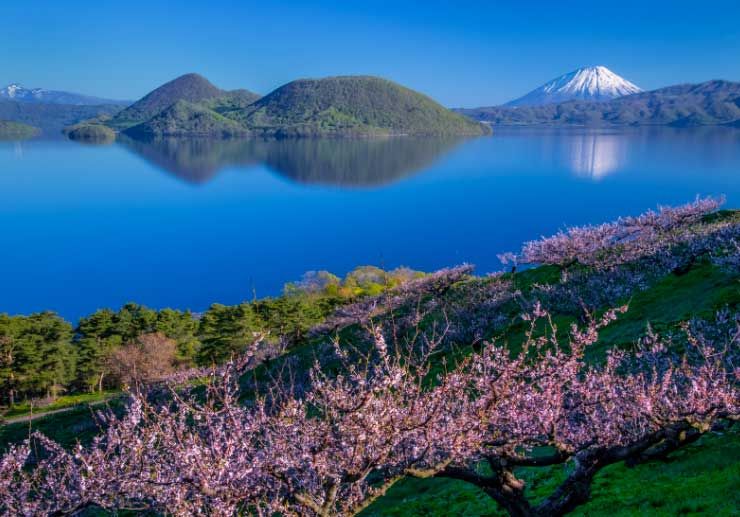
Yamanaka Lake offers a range of water activities, including dome fishing, kayaking, and stand-up paddleboarding. Visitors can also enjoy boat tours, lakeside hot springs, and hiking trails.

b) Visit Lake Motosu
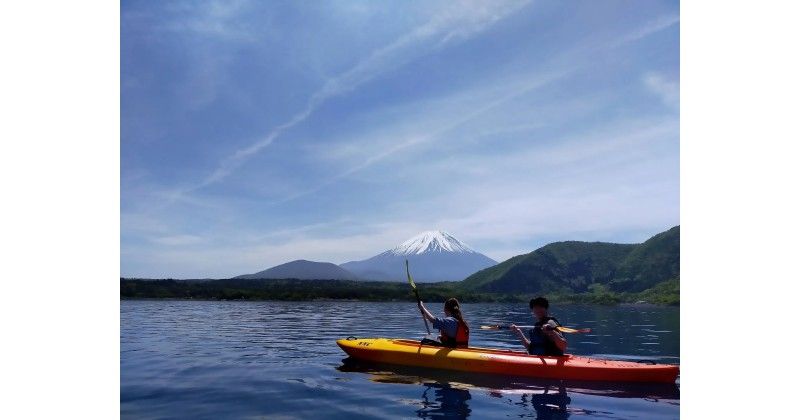
Motosu Lake offers a variety of activities such as camping, hiking, and fishing. The lake is known for its crystal-clear waters.
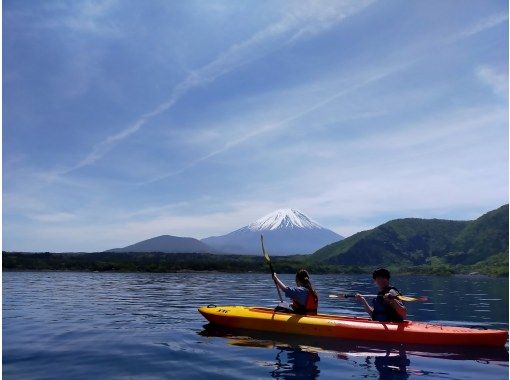
c) Visit lake Saiko
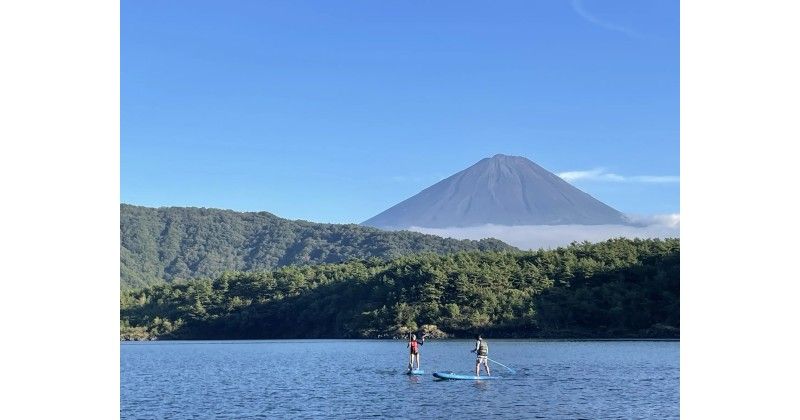
Lake Saiko offers several water activities such as canoeing, kayaking, stand up paddling(SUP) fishing, and boat tours. The lake is known for its serene atmosphere.
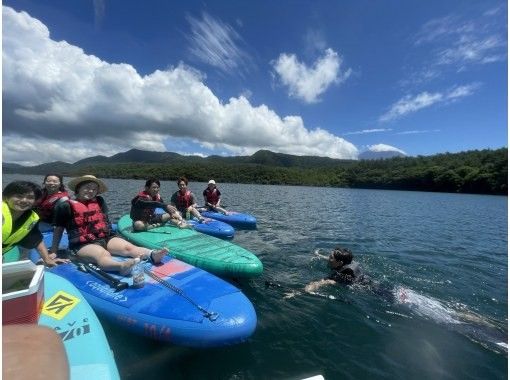
d) Visit lake Shoji
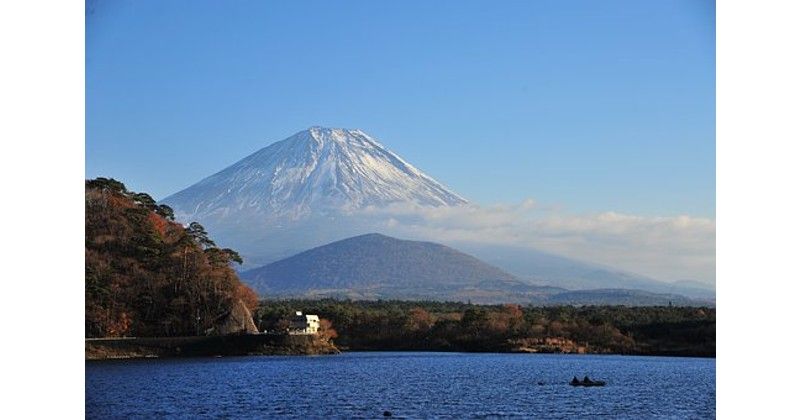
Kayaking on Lake Shoji is a popular activity for visitors to the area. The serene and peaceful lake offers stunning views of Mount Fuji, making it a great place for a relaxing paddle. Visitors can rent kayaks or join a guided tour.
e) Visit lake Kawaguchi
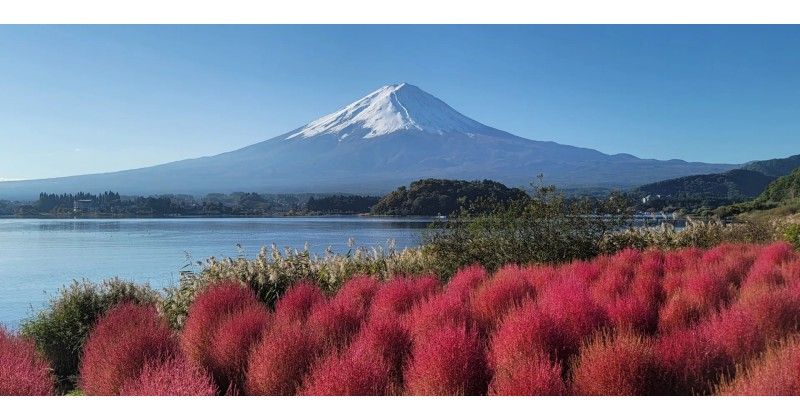
Lake Kawaguchi offers a range of activities such as cycling, hiking, and fishing. Visitors can also enjoy boat tours, lakeside hot springs, and stunning views of Mount Fuji. The lake is known for its beautiful cherry blossoms in the spring and colorful foliage in the fall.
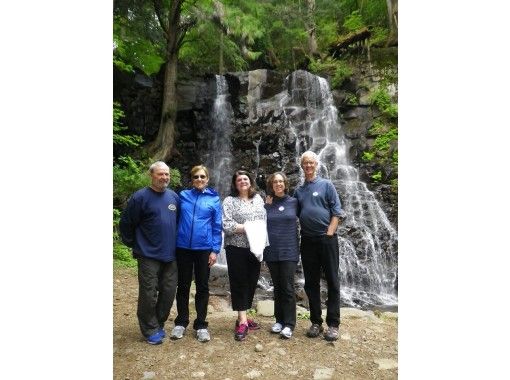

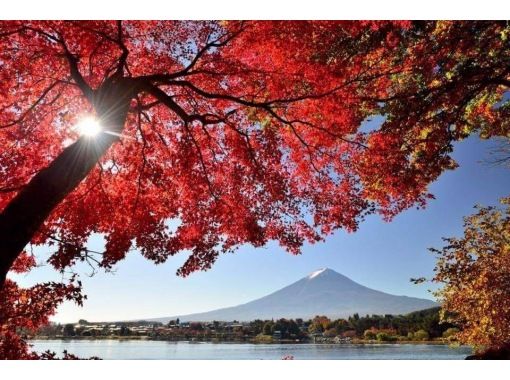
8. Traditional tea picking experience at the foot of Mount Fuji
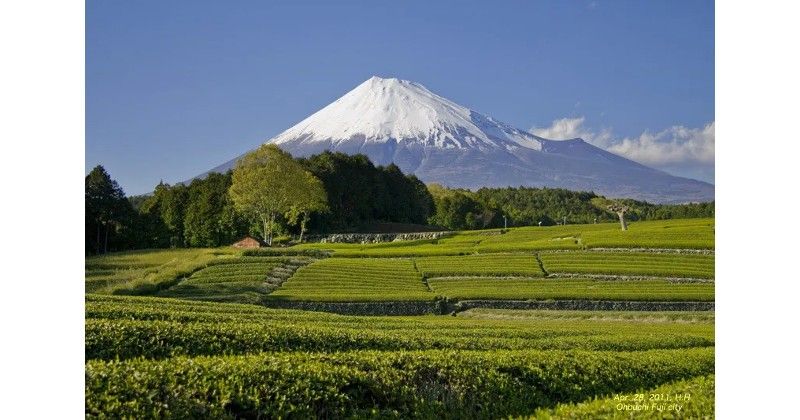
At the foot of Mount Fuji, visitors can experience traditional tea picking in the lush green tea fields. They can learn the art of tea picking, processing, and brewing while enjoying the scenic beauty of the area and savoring a cup of freshly brewed tea.


9. Paragliding & hang gliding over Mount Fuji
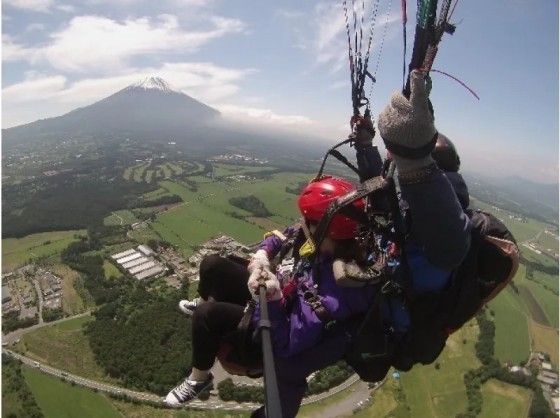
Paragliding and hang gliding over Mount Fuji is a thrilling adventure that offers breathtaking views of the mountain and the surrounding landscape. Experienced pilots can take visitors on tandem flights, soaring high above the clouds and experiencing the exhilaration of free-flight.

10. Camping in the wilderness at the foot of Mount Fuji
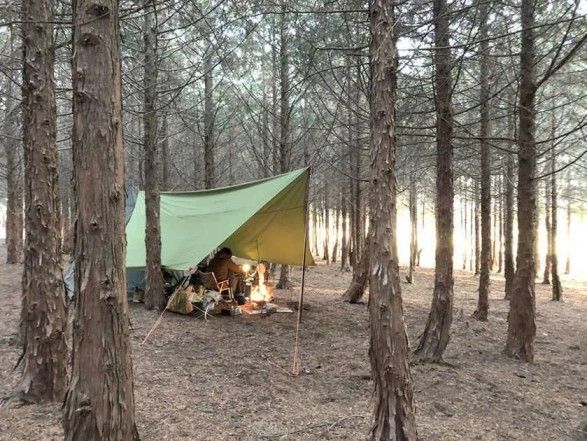
Camping in the wilderness at the foot of Mount Fuji is a unique experience for nature lovers. Visitors can pitch a tent in one of the designated camping sites and enjoy the tranquility of the area, stargazing, and exploring the surrounding forests and trails.
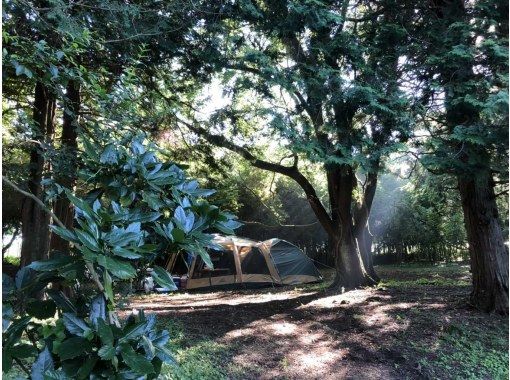
11. ATV course through the wilderness with a panoramic view of Mount Fuji
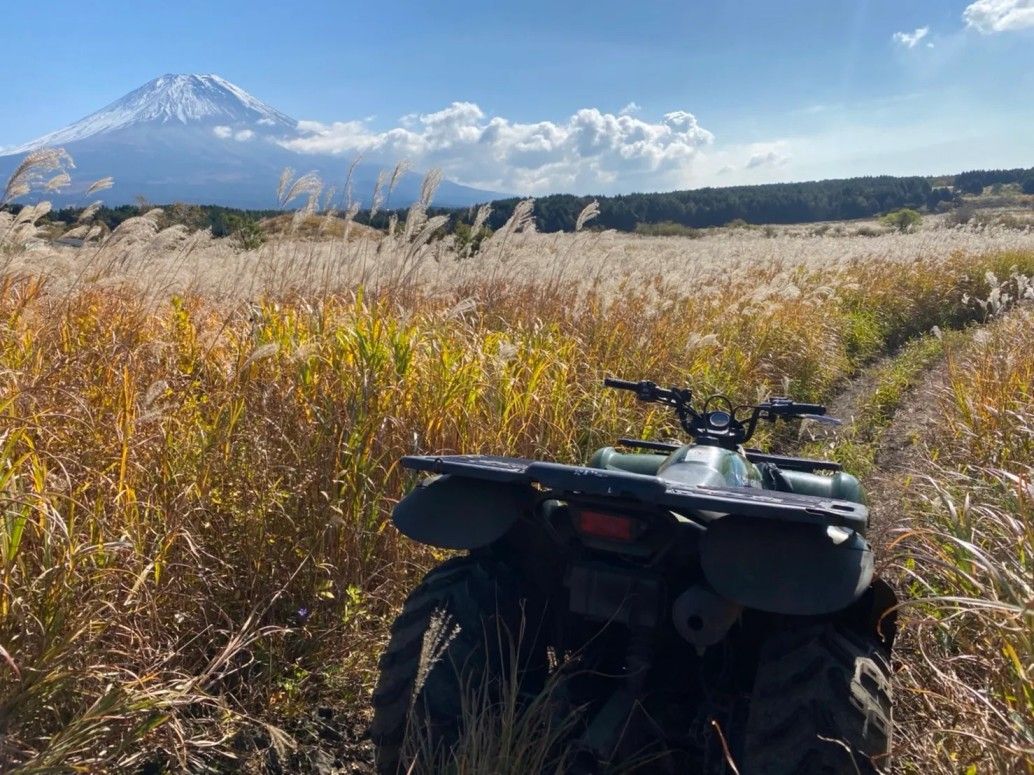
Visitors can explore the rugged terrain on an exciting course and enjoy stunning views of the mountain and the surrounding landscape. Rent an ATV now!

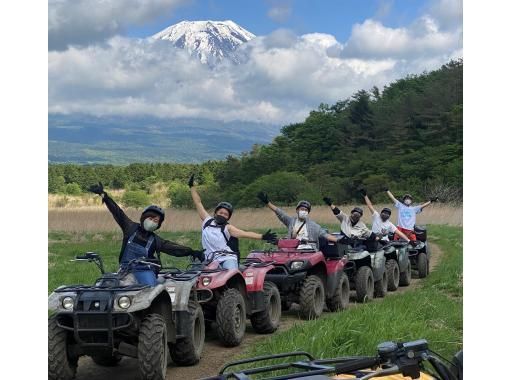
12. White water rafting
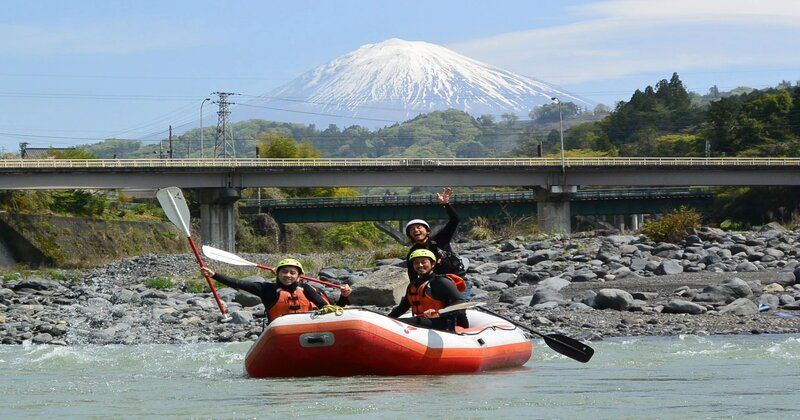
Clear water rafting with a view of Mount Fuji is an exciting activity that combines adventure and natural beauty. Visitors can enjoy the thrill of white-water rafting while taking in the stunning views of the iconic mountain
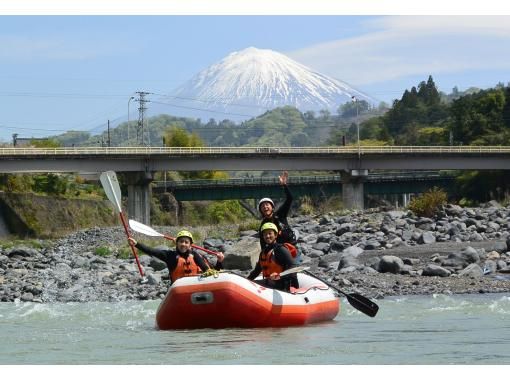
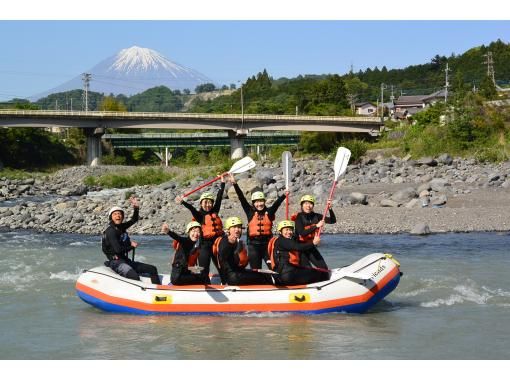
13. Visit the volcanic craters

Visiting the crater of Mount Fuji and Hoei volcanoes is an unforgettable experience for adventure seekers. Visitors can hike to the top of the mountain, explore the volcanic landscape, and take in the stunning views from the summit, including a bird's-eye view of the crater.
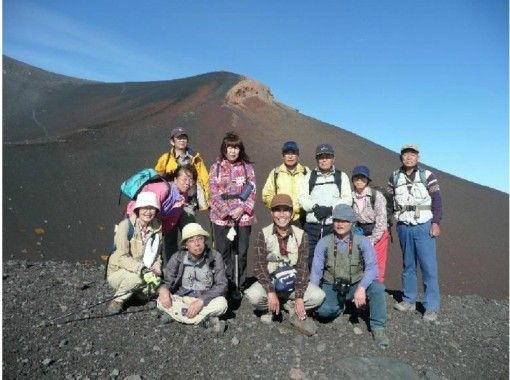
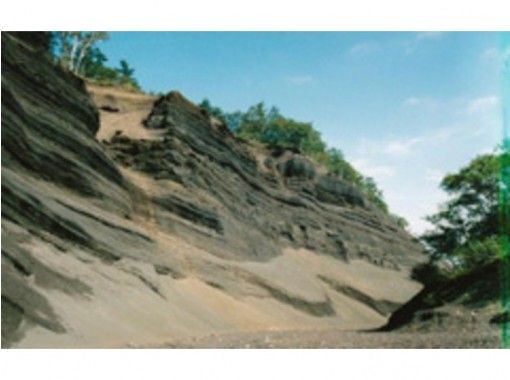
14. Cycling tour around Mount Fuji
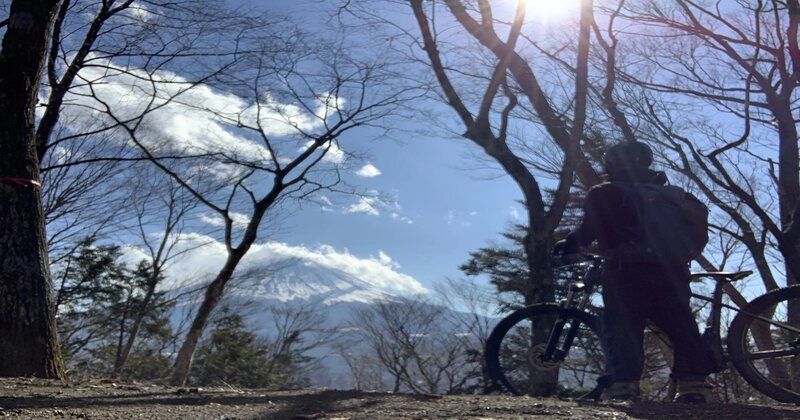
A cycling tour around Mount Fuji is a great way to explore the area's natural beauty and cultural attractions. Visitors can bike through picturesque countryside, visit traditional villages, and take in stunning views of the mountain from various vantage points.

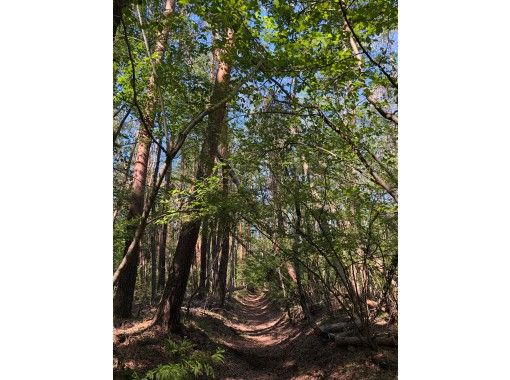
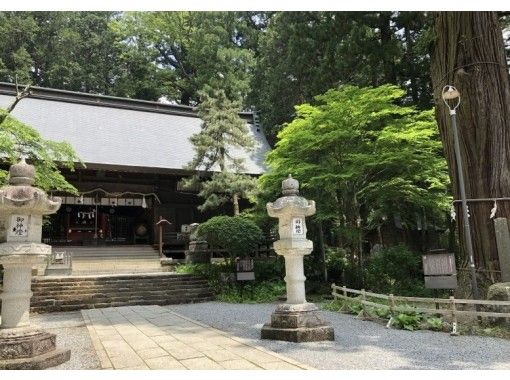
15. Helicopter ride over Mount Fuji
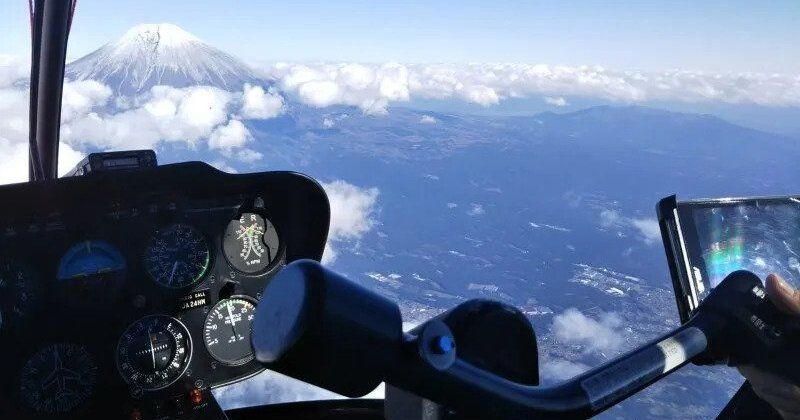
A helicopter ride over Mount Fuji is a breathtaking experience that offers unparalleled views of the mountain and the surrounding landscape.
Mount Fuji is an iconic landmark that is steeped in Japanese culture and history. Whether you are a seasoned climber or just looking for a beautiful place to explore, Mount Fuji has something to offer everyone. With this comprehensive travel guide, you can plan your visit to this amazing destination and experience all that it has to offer. You could also check out more things to do around Yamanashi. So what are you waiting for? Start planning your trip to Mount Fuji today!
Frequently asked questions
QWhich city is Mount Fuji in?
AMount Fuji is located in Japan, specifically on the border between Yamanashi and Shizuoka prefectures.
QIs Mount Fuji the biggest volcano in the world?
AWhile Mount Fuji is a large and impressive volcano, it is not the biggest in the world. In fact, it doesn't even make the top 10 list of the world's largest volcanoes.
QCan a beginner climb Mount Fuji?
AYes, a beginner can climb Mount Fuji. While it is a challenging hike, it doesn't require any special technical skills or equipment. However, it's still important to be prepared with proper clothing, footwear, and supplies, and to pace yourself to avoid altitude sickness.
QDoes it cost money to climb Mt. Fuji?
AWhile there is no fee to climb Mount Fuji, there are expenses involved such as transportation, food, and possibly accommodation.
QWhat is the best way to visit Mount Fuji?
AThe best way to visit Mount Fuji depends on your preferences and schedule. Some popular options include taking a bus tour, joining a guided hiking tour, or exploring the area on your own by car or public transportation.
QHow long does it take to climb up Mount Fuji?
AIt typically takes between 5 and 8 hours to climb up Mount Fuji, depending on your starting point and pace.
QHow far is Fuji from Tokyo?
AThe distance from Tokyo to Mount Fuji varies depending on where you want to go, but it's approximately 100 kilometers (62 miles) from central Tokyo to the base of the mountain.
QWhich shrine has the best view of Mount Fuji?
AThe Arakurayama Sengen Park in Fujiyoshida City is a popular spot to view Mount Fuji, as it offers a stunning perspective of the mountain framed by a five-story pagoda.
QWhat month is best to see Mount Fuji?
AThe best month to see Mount Fuji is generally considered to be February, when the weather is cold and clear, and the snow-covered mountain is often visible against a blue sky.
QHow to go to Mount Fuji from Tokyo by train?
ATo get to Mount Fuji from Tokyo by train, you can take the JR Chuo Line to Otsuki Station, then transfer to the Fujikyu Railway and take the train to one of the mountain's five stations. Alternatively, you can take a bus from Shinjuku Station or Tokyo Station directly to the mountain.
QHow high is mount fuji?
AMount Fuji is 3,776 meters (12,389 feet) tall.
QCan you see Mt. Fuji from bullet train?
AYes, you can see Mount Fuji from the bullet train (Shinkansen) if you're traveling between Tokyo and Osaka. However, the view is only visible for a few seconds as the train passes by.




